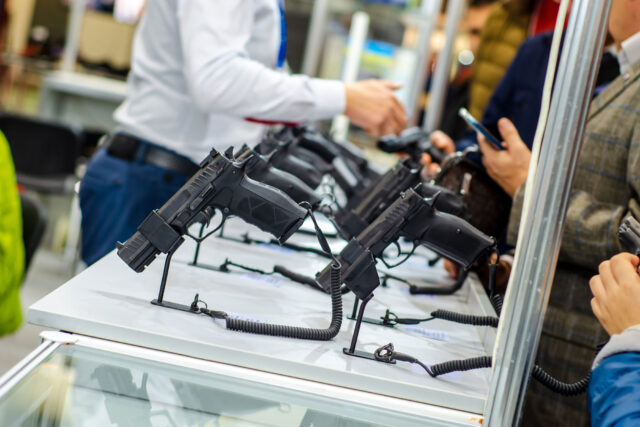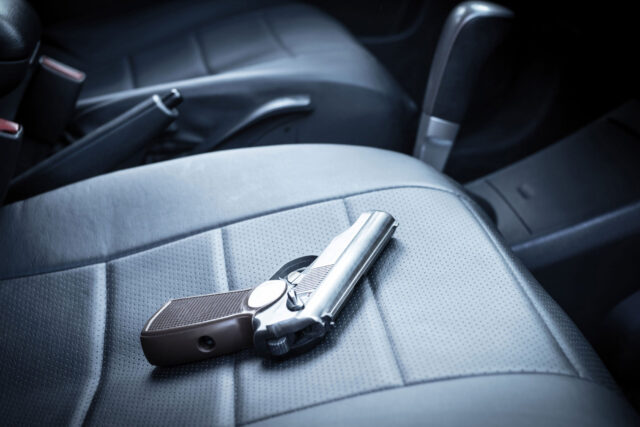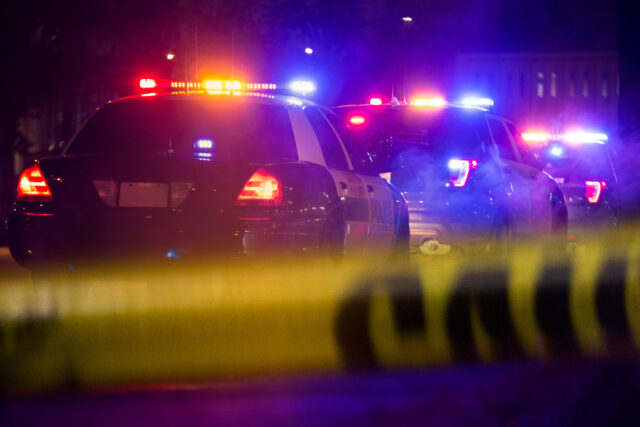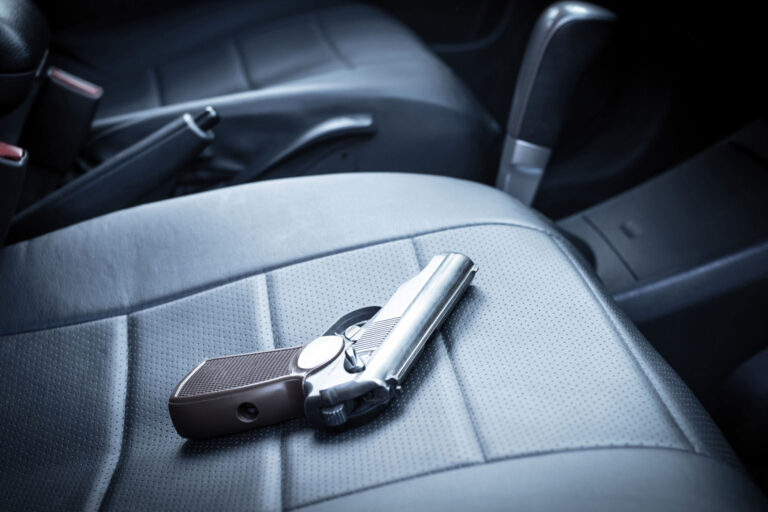In 2020, California saw a troubling rise of more than 500 homicides, the largest jump in state history since record-keeping began in 1960. Victims were predominantly Black and Latino, male, and killed by guns on our streets, parking lots, or in vehicles.
While the 2020 homicide rate is far lower than past peaks, the past year deviates from historically low rates of the last decade. But at 5.5 homicides per 100,000 residents, the year is well below incidents of the early 1980s and early 1990s, when the state saw 13–14 homicides per 100,000 residents.
A closer examination of homicide data—focusing on the year of the assault causing the death, rather than the year it was reported to the FBI Uniform Crime Report—provides insights into who 2020 victims are, the means of death, and where the homicide took place.
Gun homicides drive the rise. California saw 1,658 homicides in 2019; the number climbed to 2,161 in 2020—an increase of 503 homicides (or 30.3%). Of these deaths, gun homicides jumped by 460 in 2020 (or 40.6%). In other words, the increase in gun deaths account for 91% of the overall jump in homicides.
Gun use was notable in other violent crimes as well. For example, aggravated assaults rose by 8.4%, and assaults with a firearm jumped by 39.2%, And although robberies decreased by 10%, the share of robberies involving a firearm rose from 23.9% of all robberies to 25%.
Almost half of the increase comes from homicides where the victim was Latino, and Black victims make up more than a third. The latter is especially striking given that Black residents represent only 6% of California’s population. White residents represent 36% of the state’s population, yet only 3.6% of the increase in homicides. The number of homicides of men jumped by 453, representing 90% of the overall increase.
Increases in homicides that took place outdoors account for about three-quarters of the rise. For example, there were 220 more homicides on our streets in 2020 compared to 2019, and 86 more in parking lots or a public space such as a park. The biggest jump percentage-wise, however, was for homicides in vehicles: 140 in 2020, up from 84 in 2019, an increase of almost 69%. And while the rise is not driven by homicides in a residence, deaths in these locations increased too, from 576 to 662.
The unprecedented increase in homicides coincides with the pandemic, arguably the most unusual and difficult time the state has faced in recent memory. We can hope that as restrictions lift the return to a more familiar environment will mean fewer homicide victims, but it will be important to examine what factors contributed to the additional lives lost to homicide in 2020.
The state will need this knowledge to take steps to address the increase. Our analysis points to the need for further evaluating how guns factor into the number of homicides as well as the role of place and the race/ethnicity of victims.
Topics
coronavirus COVID-19 crime Criminal Justice gunsLearn More

Californians Prioritize Controlling Gun Ownership

Commentary: What Do We Need to Learn about Preventing Mass Shootings?

Post Title

Gun Incidents Drive a Climb in Violent Crime Rates

Mass Shootings in California



